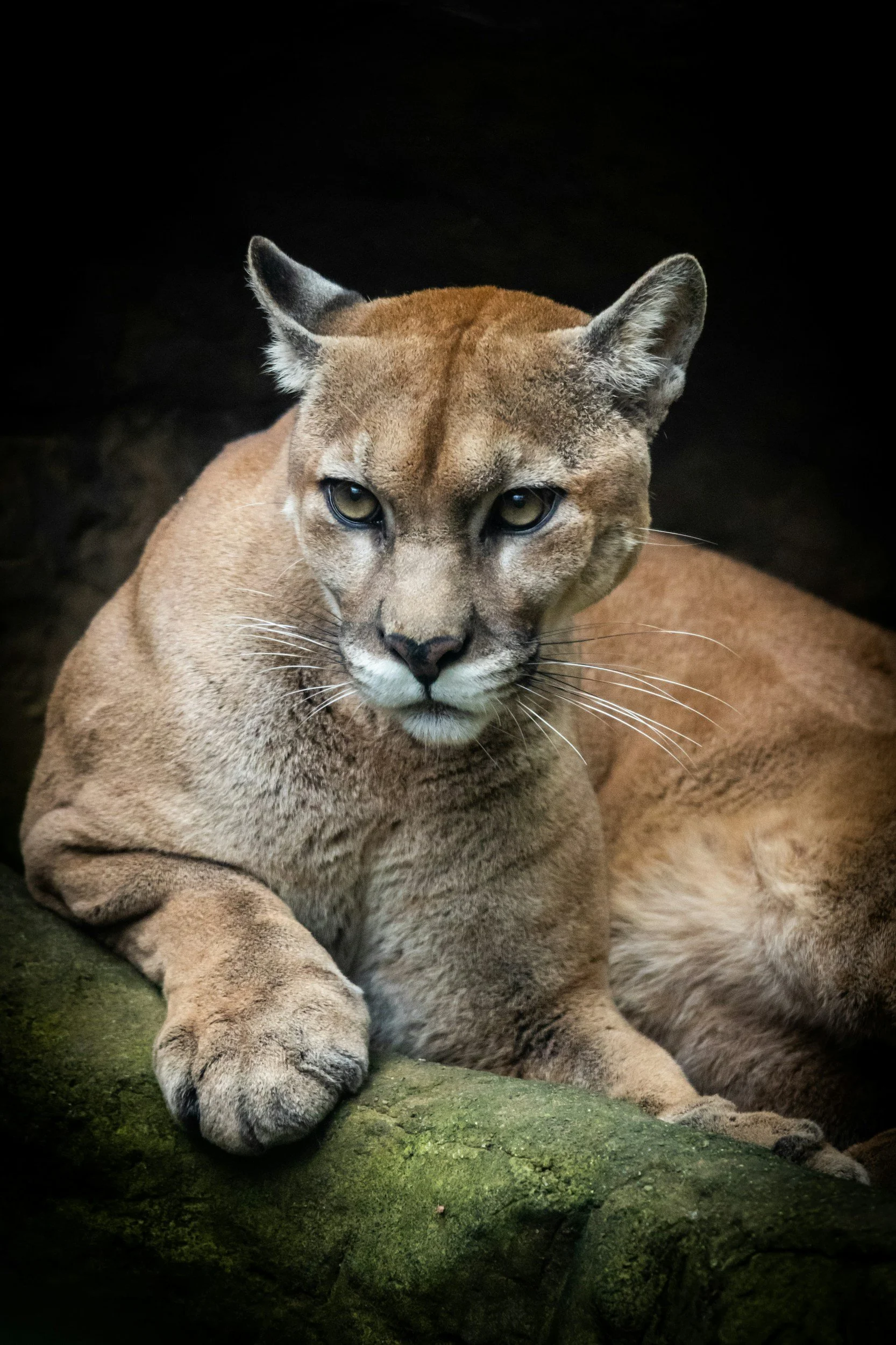For decades, stories of big cats roaming the British countryside have been a staple of local folklore. Yet, for every sighting, there is a skeptic. In a recent three-part interview, Weird Wessex hosts Andy and Craig sat down with a man who is dedicating his life to answering the question once and for all: Paul MacDonald of the Scottish Big Cat Research Team. Paul’s work moves the debate from wild rumors to verifiable, scientific inquiry.
The Accidental Release: A History of the UK's Apex Predators
The discussion began with a fascinating historical revelation. Paul explained that before the Dangerous Wild Animals Act of 1976, it was legal to buy big cats from pet shops and keep them as household pets. He shared astonishing anecdotes of people walking pet leopards down city streets, a practice that ended abruptly with the new law. The result was a wave of intentional releases, as owners who could no longer care for their "pets" set them free, providing a plausible origin story for the UK’s feline population.
For Paul, the mystery became personal in the 1980s. As a teenager, he witnessed a leopard on the famous Glenfinnan Viaduct (the "Harry Potter Bridge"). The sighting was so clear, so undeniable, that it inspired a lifelong passion.
The Power of Collective Evidence
Since that day, Paul has developed a unique research method. Applying skills from his time in the Army Reserve, he has created a meticulously mapped database of over 1,400 credible big cat sightings in Scotland. This "collective evidence" paints a clear picture: the sightings are not random. They cluster in habitats that are perfect for these animals, confirming that they are not just surviving, but thriving in the UK’s wild.
The most compelling evidence, however, comes from the stories. Craig recounted finding a deer carcass 15 feet up a tree, which Paul confirmed is a classic sign of a leopard kill, as the cats use their immense strength to protect their prey from scavengers.
The Case of the Missing Carcasses
The most common argument against the existence of big cats is, "Where are the bodies?" Paul offered two compelling explanations. First, big cats are naturally elusive; they hide themselves away when they are sick or dying. Second, and more conspiratorially, humans are responsible for many of the disappearances. He shared stories of farmers and gamekeepers secretly burying shot cats to avoid prosecution and of local authorities "whisking away" carcasses to prevent public panic.
Paul also emphasized that his research is backed by an increasing number of credible witnesses, including police officers, military personnel, zookeepers, and professional trackers. Their training and experience make their accounts invaluable in the ongoing study.
Rewilding: A Glimmer of Hope
The interview concluded with a look to the future of rewilding. Paul believes that big cats, with their elusive nature and minimal threat to humans, are an ideal candidate for a successful reintroduction program—far more so than wolves or bears. The hosts agreed, noting that while hearing wolves howl is magical, their wide-ranging nature makes them a poor fit for a country like the UK. The successful "guerrilla rewilding" of other species like red kites and eagles proves that if given the chance, British wildlife can make an incredible comeback.
To listen or watch the full interview check out episode 17 of the podcast

